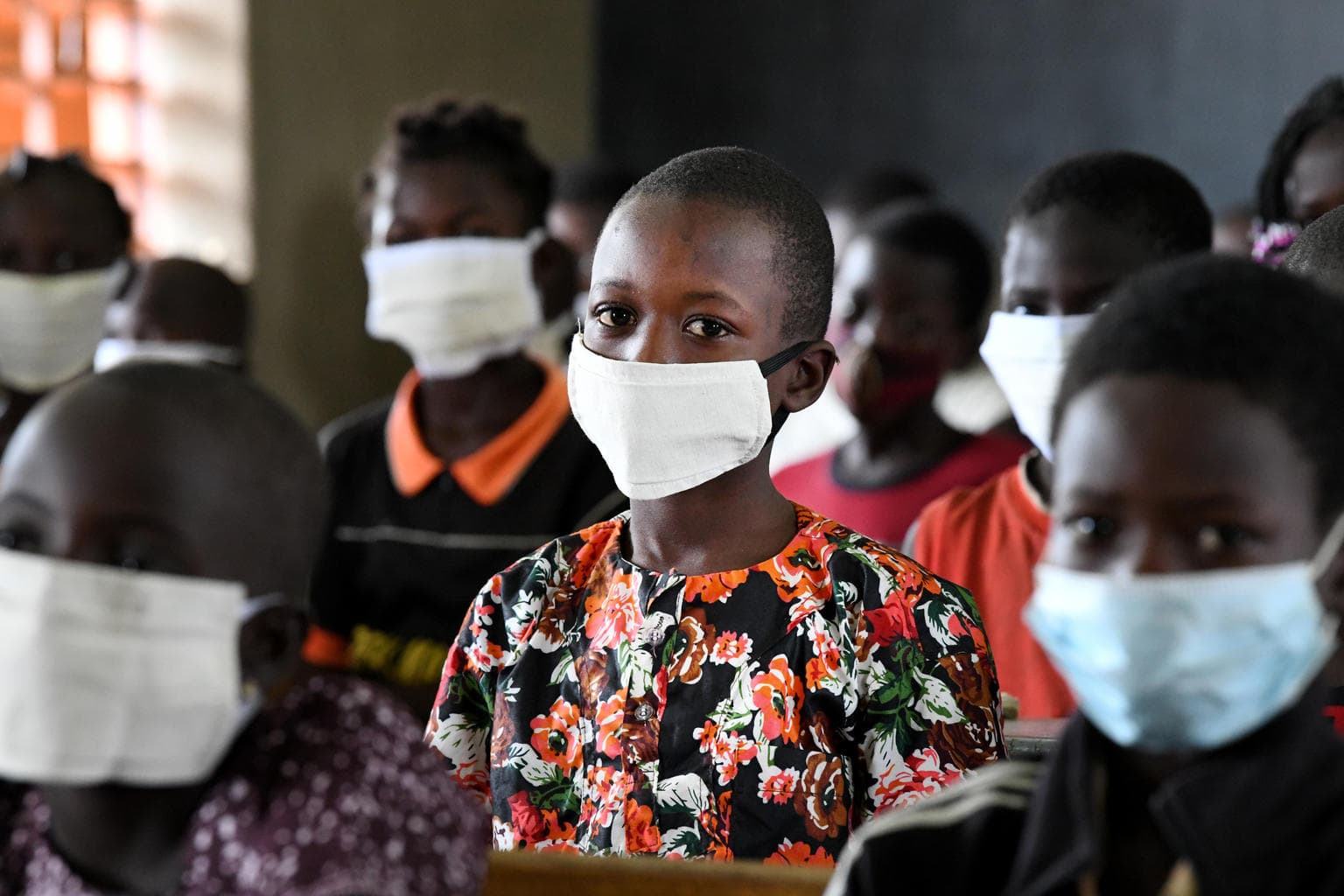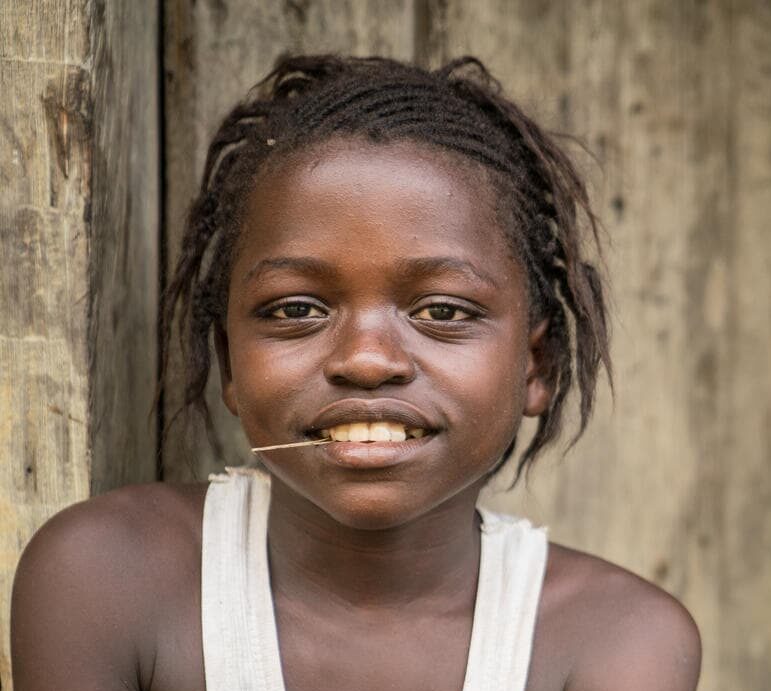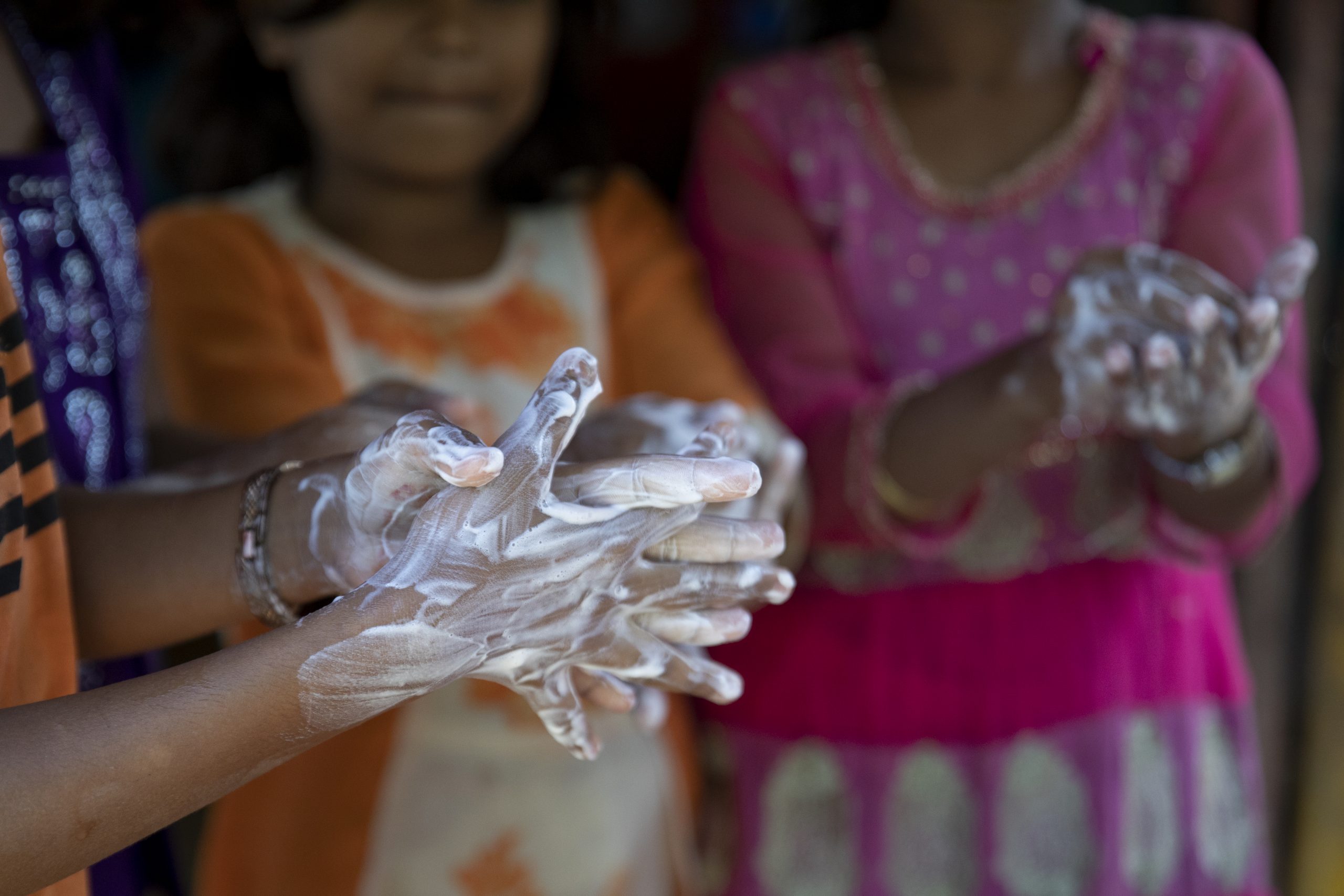
This technical note, jointly written by Save the Children and UNICEF, summarizes the assumptions, analyses and methods used to expand and update the projections of the impact of COVID-19 on child poverty and children living in monetary poor households. As children suffer poverty differently from adults, a direct measure incorporating the actual material shortcomings suffered by children is needed. Thus, UNICEF has estimated the level, breadth and severity of child poverty, based on shortcomings in six dimensions: education, health, housing, nutrition, sanitation and water.
Child multidimensional poverty
Some of the elements that constitute child poverty do not change quickly, even in the case of a major shock. For instance, for children who have access to safe drinking water at home, their situation does not change due to a pandemic. Even in the case of a recession, it would take several months for individual families’ economic dislocation to force them to move to lodgings without access to safe drinking water. It would take even longer for the accumulation of these cases to be noticeable in national averages. Therefore, in order to estimate the impact of COVID-19 in the short run, only the dimensions that are affected quickly are analyzed.
The two dimensions that are affected most rapidly are: education (due to the immediate effect of school closures) and health (due to the disruption of health services). Moreover, deprivation in these dimensions might change differently in the first year of a pandemic than in the subsequent years. Deprivation in education, given the information about school closures and re-opening, is expected to recover during the second year of the pandemic – at least partially. Even though disruptions in the health sector have been significant in many countries, during 2021 health services throughout the world started to revert to some degree of normalcy.
Children in monetary poor households
Measuring the impact of the loss of employment and income due to COVID-19 on children living in monetary poor and impoverished households is important. This technical note provides projections on the number of children living in poor households affected by the COVID-19 pandemic as of December 2021. In 2020, it was projected that the global socioeconomic crisis caused by the pandemic could push 142 million more children into monetary poor households in developing countries. Since then, as vaccines, masks and other interventions eased the risk and spread of the pandemic, economics have started to recover (albeit unevenly). As a result, the projections for 2021 indicate a slight recovery, with an estimated increase of 60 million more children living in monetary poor households in 2021 compared to 2019.


